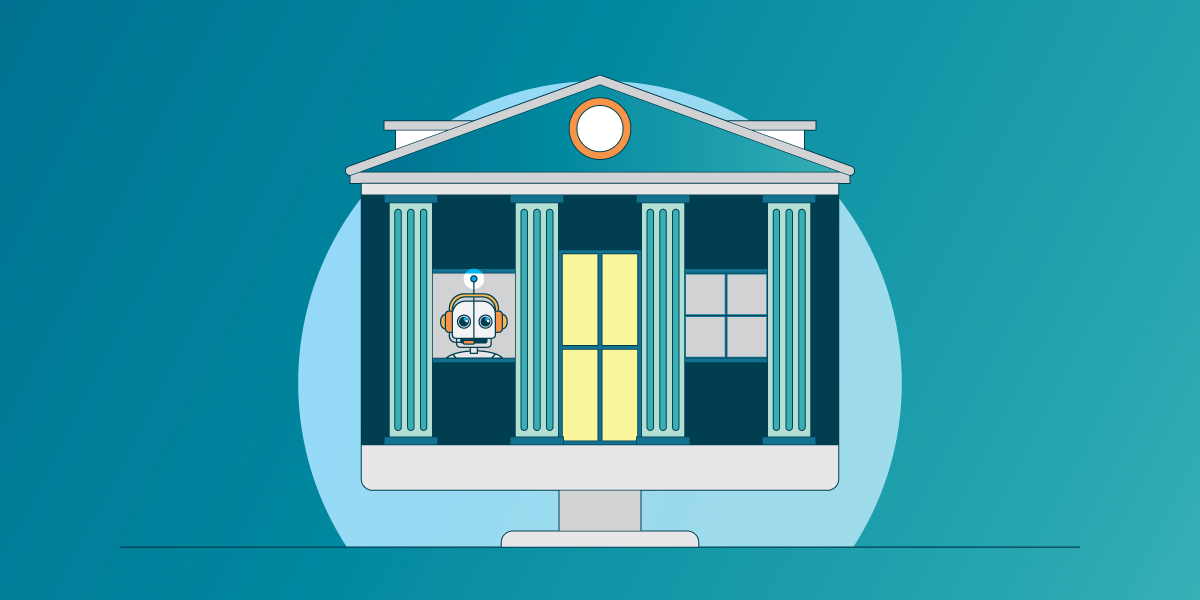The emergence of a global, borderless economy transformed almost every area of the banking industry towards the improvement of customer experience. Focus on customer experience is a strategic decision indicating the direction banks are going to adjust themself to the new landscape. The goal is to create a customer-centric business model by developing hyper-personalized products and services to address individual customer needs. Consumers are already used to engaging with vendors online and it is only natural that banks come up with a similar system. A system that allows them to go through their options and providers, to compare, assess, and purchase. Starting with 2020 and beyond, the needs of the customer must be deeply considered in order to facilitate Banking as a service (BaaS).
Challenger, a small, recently created retail bank or fintech, is a company that operates in the financial services sector and leverages the power of technology, automation, and innovation to deliver financial services to end customers. As new and innovative companies, fintech stepped up to fill the gap that banks created by ignoring the needs of the customer. According to a study by KPMG, new-age digital banks/fintech are actually much more efficient, agile, and flexible. The secret of their success is using modern and innovative measures to level up the customer experience. They have lower technology costs, being able to rely on newer, efficient technology and innovative approach. Solutions from Amazon, Apple, Google, Wechat, Alipay and Paytm already replaced credit cards and online payments. Challengers were considered a threat at first, because of their disruptive power. Today, they’re viewed as potential partners for banks to fast track digital innovation and adopt similar strategies. Actually, a large number of banks believe that the only way to survive is by working with third-party providers, which is the opposite of the belief that innovation must be built internally.
There’s plenty of room for innovation yet to happen, but let’s see which ones have already made their way into our everyday life:
- Robotic process automation provides customers with improved recommendations based on transaction and behavioral data. Customers use AI-powered assistant and chatbot as a virtual personal banker in their pocket. It is no longer a prerequisite to visit physical branches since you can perform almost any activity online. Traditional banks already reached the level of full automation but that trend is reversing its course. A lot of consumers find it even more convenient to speak with a banker in person. Hence, don’t say goodbye to brick-and-mortar just yet!
- AI and machine learning are being used by financial services firms for better personalization and optimization of processes. AI-based tools for money management, improving financial habits, setting goals and saving money are great tools for everyone who wants to take their finances to the next level.
- Cloud-based technology offers scalable and agile approaches to developing easy-to-use systems for connecting organizations internally. To support an innovative culture in the digital era, interdepartmental cooperation is a mandatory task. Using the data they have access to, banks can now create customized products based on customers’ lifecycle, their lifestyle and transaction history.
- Two-factor authentication and biometrics are used in order to prevent fraud. The industry is adopting more and more digital products for this purpose, and also to eliminate the worries about the limit on contactless payment transactions. And we’re not only talking about fingerprint-based identification as a part of two-factor authentication. Innovation took shape in biometric behavioral data and gone beyond the basics. For example, the Royal Bank of Scotland is just one of many banks using this system; once a customer is logged in, software records 2000+ movements on the keyboard, mobile app and website. It even measures the angle at which a customer holds a smartphone, specific fingers they use to swipe, and the pressure they apply when touching the screen. Another one is Kaspersky which developed a biometric ring as a gadget with the physical shape and texture of a real finger, the right kind of pattern and flexibility, and conductive fibers. And it can be changed, blocked, or reset.
We expect more innovations like this. Traditional banking has been clinging to the status quo long enough to create unlimited space for innovation to transpire. Adding an extra layer of technology in this industry will reshape the entire banking ecosystem making customers the key players and ultimate arbitrators of products they want to use according to their financial services requirements. And who saved the day? Innovation, again.







Good day, Hope my message finds you well. with you Ahmed Aladdin from Egypt, and business innovator. Kindly note that I've prepared project ideas in the field of digital banking and fintech. Seeking to find a way or a channel that offers innovators to submit their ideas for winning. Waiting your feedback Thank you, AL Mobile: 02-01224284737